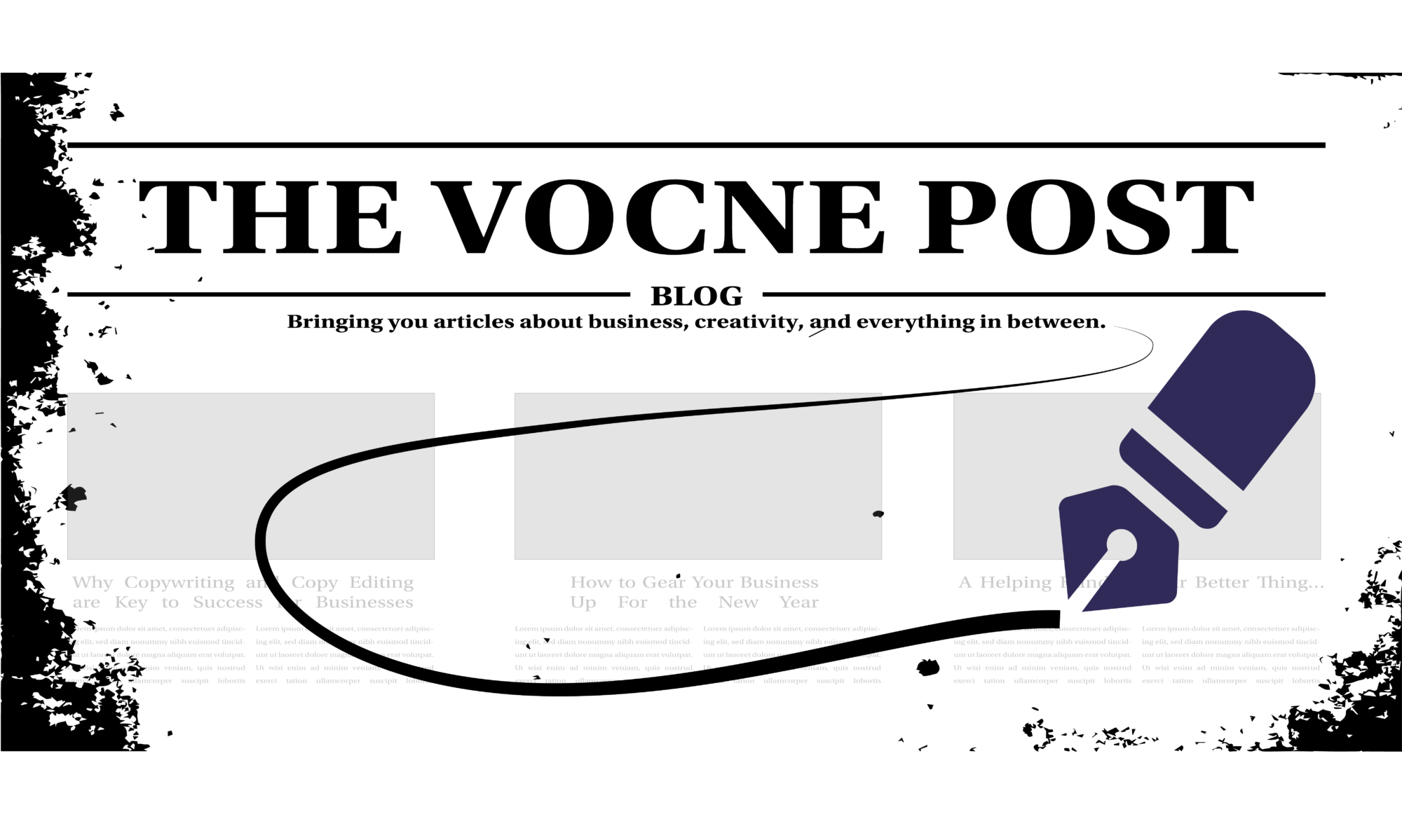As of the writing of this article, the national unemployment rate sits at 6 percent, which is down from the high of over 14 percent in March 2020. Nevertheless, many people have found themselves in a situation where the job that they once had was lost. Uncertainty around how to support their families looms large. Unemployment in the 2020s is a very real reality for many people.
There are many folks who have lost their job at the start of this new decade. Many of them have not needed to look for employment in a decade or more. Even folks who have not had to look for a job for a few years will find the job market has changed.
What once worked does not anymore. The world is an ever-changing environment, and this extends to the job market, too.
A Story to Illustrate Unemployment in the 2020s

We thought a good way to illustrate how the job market has changed in the 2020s was to offer a story that perhaps you can relate to.
This a story is about a man that we’ll call Shane. Shane is mid-career and has been a journeyman, having worked in many industries in different capacities over the course of his 18-year working career. Throughout those years, he was always gainfully employed with sufficient benefits to support himself and his family.
Then the pandemic hit. Shane found himself as another casualty of the mass layoffs experienced during the economic downturn. Unemployment was reaching new heights.
While not completely unexpected, the harsh reality hit him in the face. Plaguing his thoughts was uncertainty and the feeling of helplessness.
Questions Asked During Uncertain Times
He asked himself some of the following questions:
- “What do I do now that I’m unemployed?”
- “How do I support my family?”
- “Is anyone hiring in this climate?”
- “Do I continue what I’ve been doing all these years, or do I think about changing careers?”
- “Is now a good time to do contract work?”
- “Can I afford to take a pay cut with my next job?”
These were only a handful of the myriad questions running through Shane’s head.
Fortunately, Shane’s last employer was very supportive during the layoff process. Shane was given a severance to help him get started, and they provided career transition services to help him.
A Changing Unemployment Landscape

While it had only been four years since his last job search, he quickly found out how different the hiring landscape had become.
Older ways of looking for jobs were not the best options anymore. This thought was a turning point for him.
Shane was previously in the business of analysis, brand development and other business-growth sectors. He was sought after for his abilities to identify opportunities for growth in others.
What he discovered was that when he tried to turn that lens on himself it was considerably more difficult.
Once he found out that he was out of a job, he updated his resumé and began searching the job boards. He applied to a handful of jobs that he found attractive but with limited success. Unemployment was becoming more challenging than he imagined.
A New Job Search Calls for New Tactics

After working with his career transition consultants, he learned that searching for a job was considerably different than to what he was used to. He discovered that how his resumé was formatted, and the keywords that he chose to document his work history therein, had hampered his exposure with today’s Applicant Tracking Systems. This was why he wasn’t hearing back!
This was not the only area for improvement. Through weeks of work learning how to attract employers, quantify his past achievements, format his resumé, utilize today’s social networks, remain motivated during this period of unemployment and so on, he began to be contacted by recruiters and companies.
He learned that despite his ability to see opportunity in others with his specialties, he in turn benefited from consultants to find the opportunities in him that was missing.
Summary
Shane’s employment story is not yet over. However, the cogs are turning, and opportunities are coming in.
Sometimes we are all like Shane. We need help from others and can benefit from other perspectives.
In the end, if we surround ourselves with the right people, we tend to all help each other. Sometimes, this is what we need to get us through the obstacles that life throws at us. We are all specialists with what we do, and together we all can achieve more.


